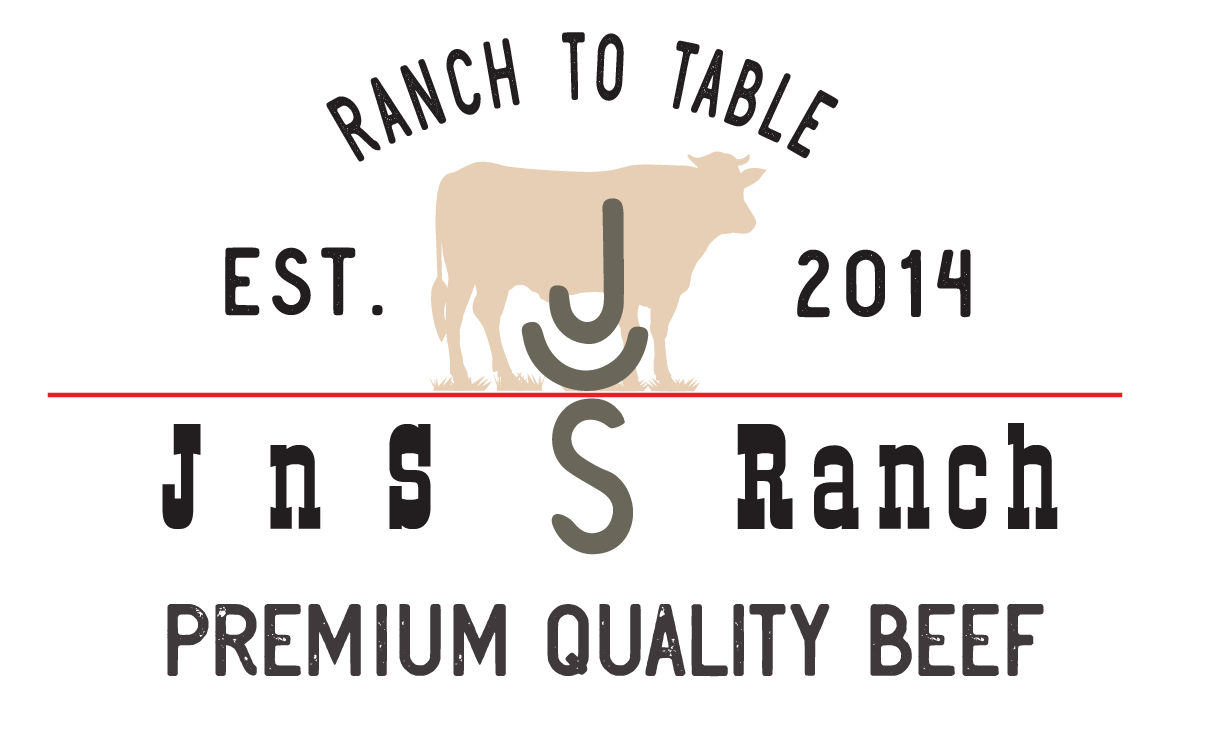At JnS Beef, we have a full variety of standard cut portions for your order, or you can customize - just ask!
A whole steer can produce a large amount of usable beef, and at JnS Beef, we use top processing partners with the knowledge and experience to maximize not only the quantity you get from your selected size, but also the quality of the cut and packaging. Click on the chart below to see a full size version of the cuts available.
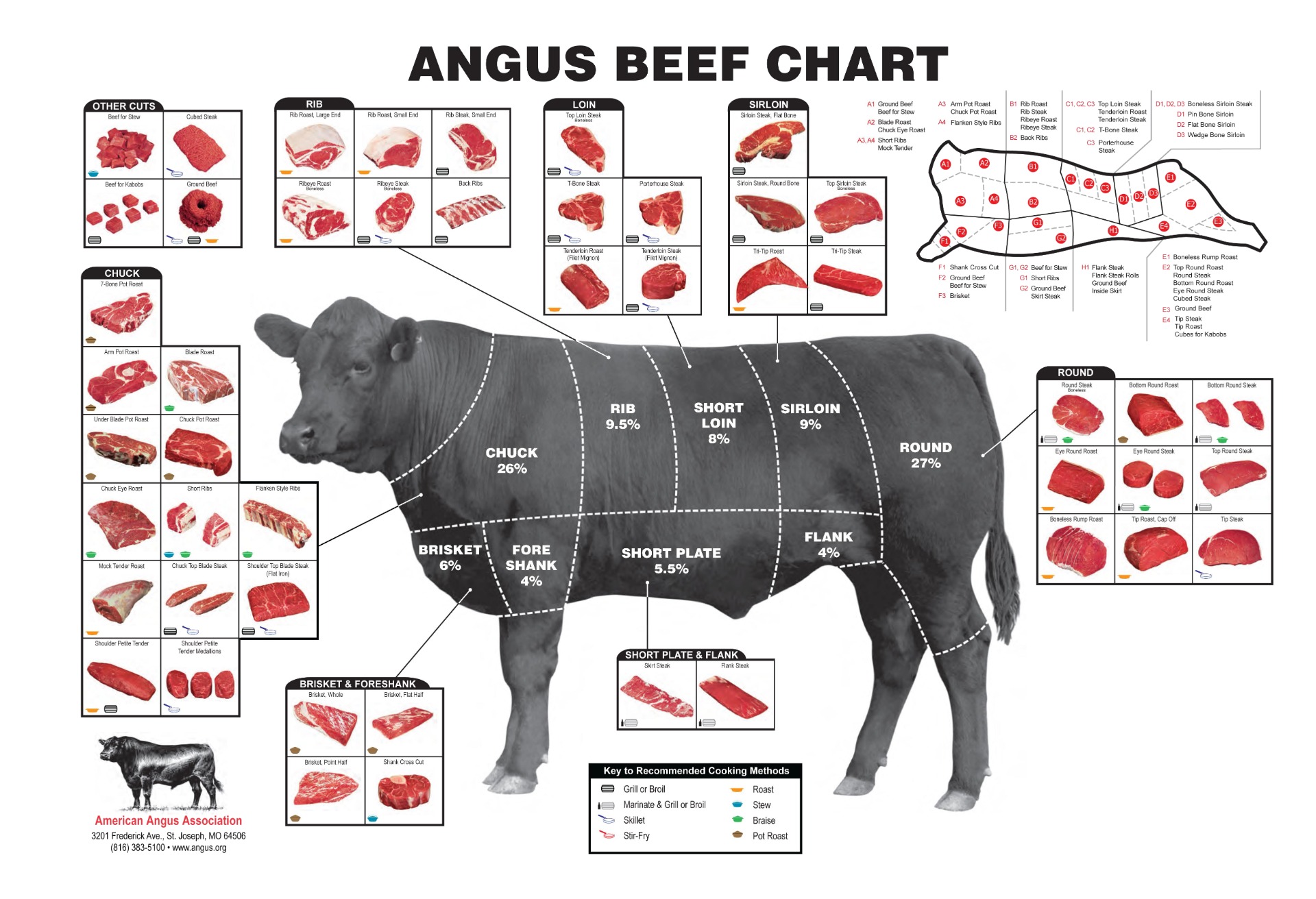
This selection provides the entire animal for processing to your liking. Some standard cut options and processing estimates are listed below.
This selection provides the approximately half of your selected animal for processing. Some standard cut options and processing estimates are listed below.
This selection provides the approximately one quarter of your selected animal for processing. Some standard cut options and processing estimates are listed below.
The eight primal cuts of beef are the major sections from which steaks and other subdivisions of beef are derived. Each primal cut has distinct characteristics and typical uses in cooking. Here’s an overview of these cuts:
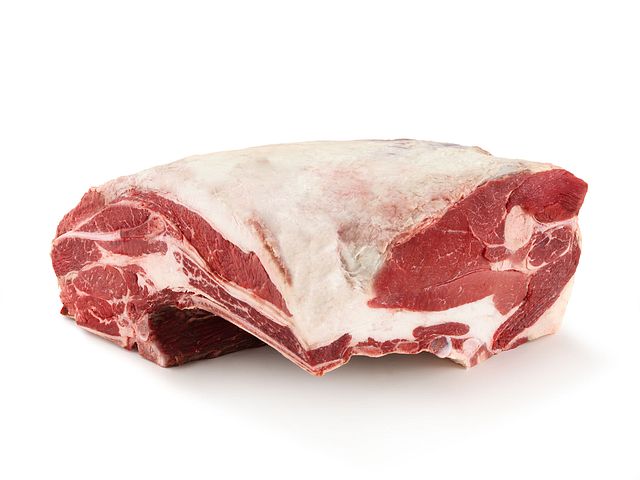
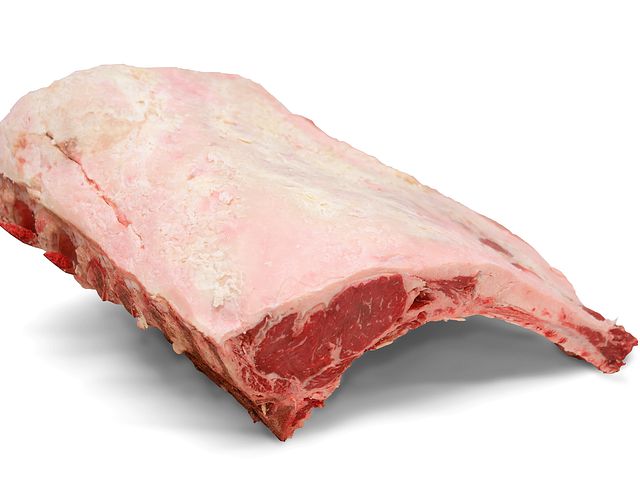
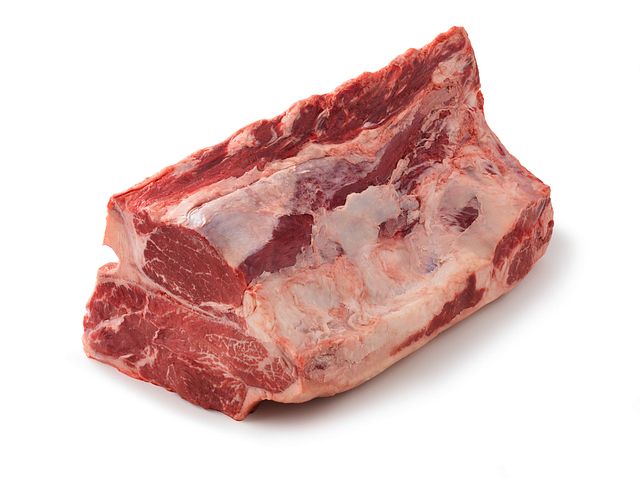
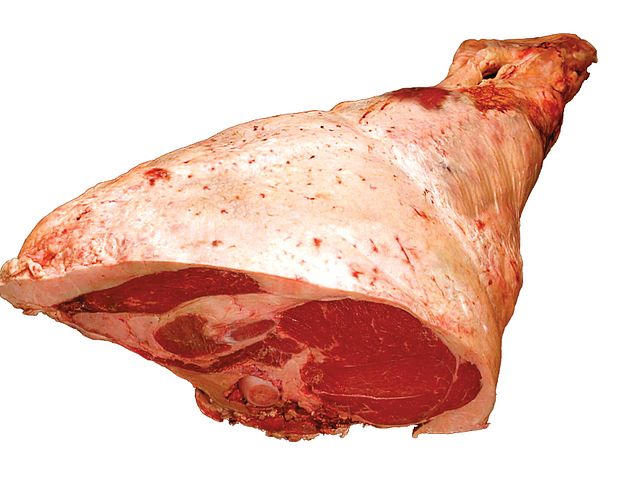
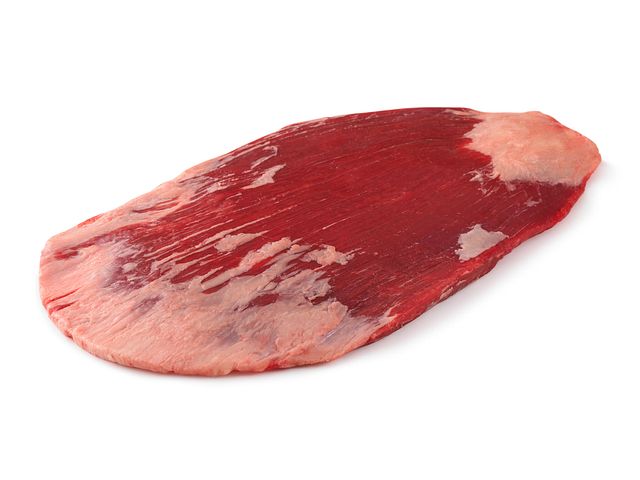
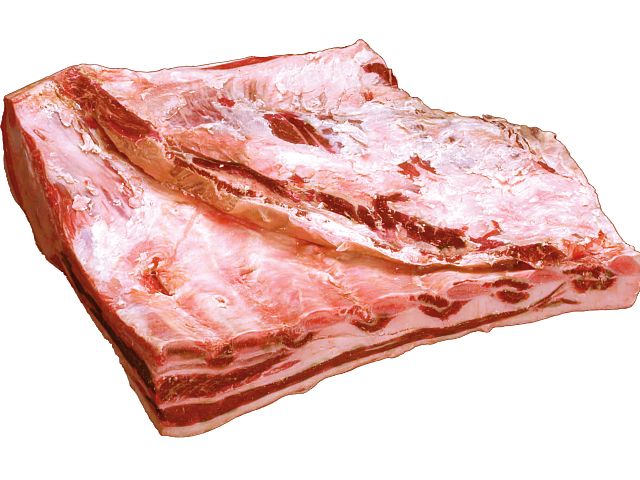
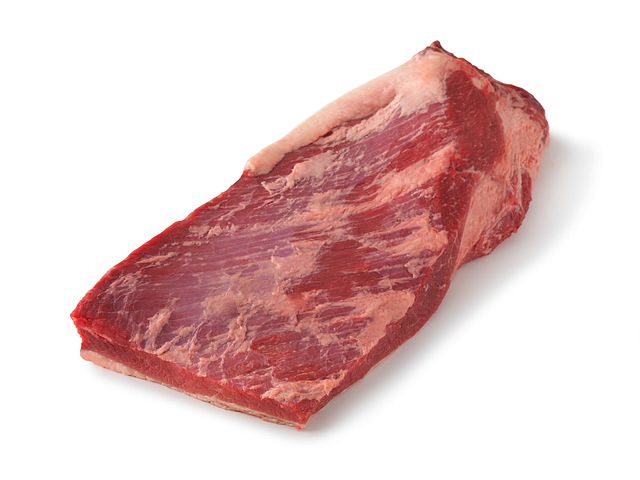
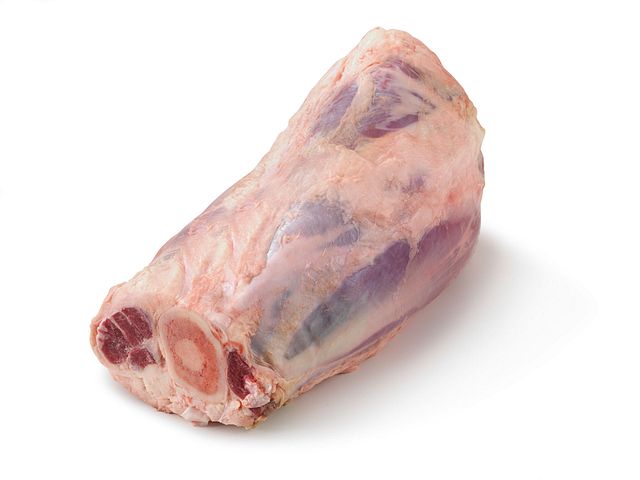
Each primal cut offers a variety of subprimal cuts and cooking possibilities, making beef a versatile and popular choice in many culinary traditions.
CLICK HERE to download a comprehensive list of cuts and cooking methods from the Beef - It's What's For Dinner Website
